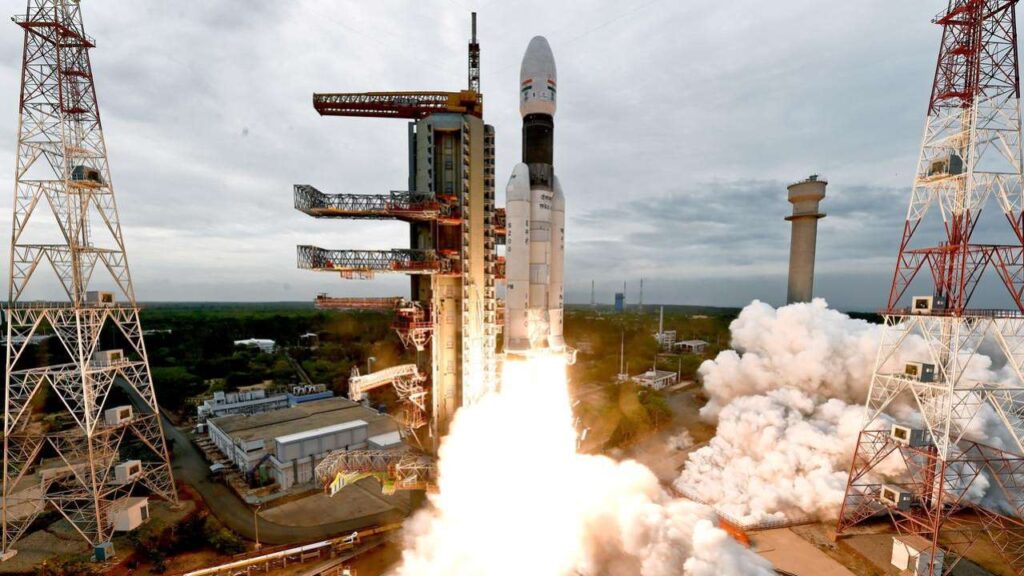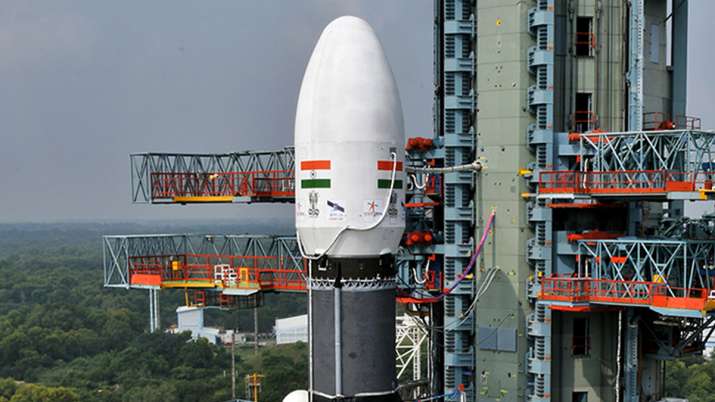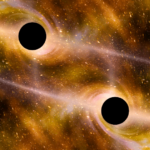
On Wednesday, the Lok Sabha was informed that the crewed space mission Gaganyaan will be launched before the next Independence Day, and that it will be followed by two uncrewed missions. The launch of the first uncrewed mission was delayed due to the first and second waves of the COVID-19 pandemic and subsequent lockdowns, according to Minister of State for the Department of Space Jitendra Singh in a written response.
According to him, this resulted in raw material supply interruptions and delays in hardware realisation across a variety of businesses.
“The targeted launch for the crewed space mission (Gaganyaan) was before the 75th anniversary of Indian Independence in the year 2022. This is to be preceded by two uncrewed missions,” he said in the reply.
The test vehicle flight to validate the crew escape system’s performance, as well as the first uncrewed mission, Gaganyaan (G1), are expected for the second part of next year, according to Singh.
“This will be followed by a second uncrewed mission and the first crewed mission,” he said.
In the fields of space transportation systems, satellite communication and navigation, earth observation, space sciences, and planetary exploration, capacity building, and space-based applications, Singh said the department of space has mapped out short- and long-term strategies.
“During the last five years (April 2016 – March 2021), a total of 27 satellite missions and 25 launch vehicle missions were successfully accomplished,” Singh said.

The minister mentioned the first operational flight of India’s heavy lift launch vehicle, the GSLV Mk-III, which launched the country’s second lunar mission, Chandrayaan-2; the advanced cartography satellite, Cartosat-3; the completion of the NavIC constellation; and the launch of the South Asia Satellite.
Among the missions, he noted, are the launch of GSAT-11, the world’s heaviest and most modern high-throughput communication satellite, and the launch of a record 104 satellites in a single PSLV flight.
In addition, three technological demonstrations, namely the scramjet engine, the re-usable launch vehicle, and the test for crew escape system, were successfully demonstrated during this time, according to Singh.
During the same period, he continued, 286 commercial satellites from domestic and international customers, as well as eight student spacecraft from Indian colleges, were launched.




